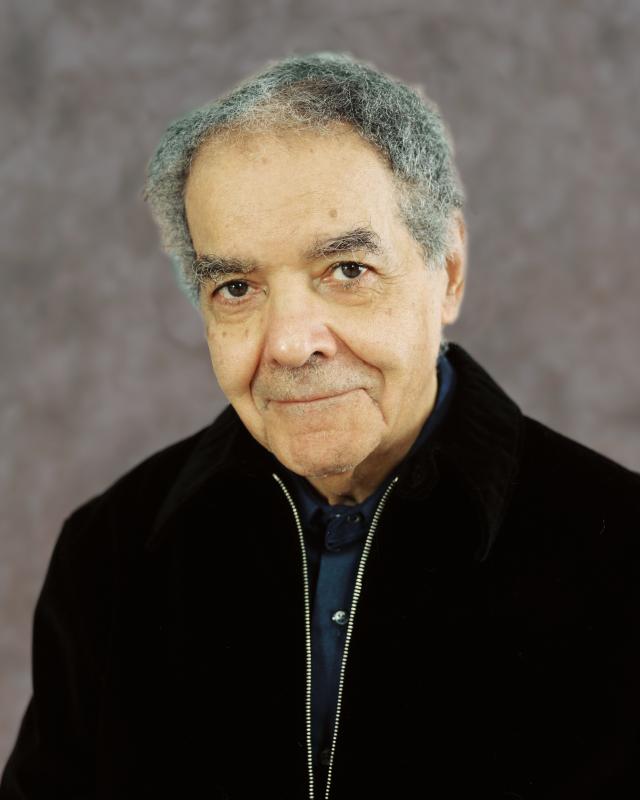1969

NEA Jazz Master George Russell. Photo by Tom Pich
Jazz composer and musician George Russell first achieved notice in the jazz world with his compositions and arrangements, notably for Dizzy Gillespie’s big band (“Cubana Be, Cubana Bop”), Lee Konitz (“Ezz-thetic”), and Buddy DeFranco (“A Bird in Igor’s Yard”) in the late 1940s/early 1950s. He was also working on his music theory, the Lydian Chromatic Concept of Tonal Organization—the first major musical theory to come out of jazz, which would be published in 1953.
After putting out an intriguing array of music in the early 1960s—including classics Ezz-Thetics, Jazz in the Space Age, The Stratus Seekers, and The Outer View—he grew disenchanted by the music business and moved to Europe. Russell arrived back in the United States in 1969 after five years in Scandinavia, where he had been acquiring fame for his large-scale compositions. Gunther Schuller had offered him a chance to teach at the newly created jazz studies department of the New England Conservatory in Boston, Massachusetts. At the same time, he was continuing to develop his Lydian Chromatic Concept as well as form his own groups to play his compositions.
In 1969, Russell applied for and was awarded a grant from the recently formed National Endowment for the Arts to support his work—it was the first grant in the jazz field that the NEA awarded. Russell would receive additional grants from the NEA, as well as an NEA Jazz Masters Fellowship in 1990, and the agency’s faith in his work was not misplaced.
By 1969, Russell’s modal theory had a major impact on jazz, influencing the recordings of Miles Davis’ Kind of Blue and John Coltrane’s Blue Train, among others. During the 1970s and 1980s, his large-scale pieces such as Living Time and The African Game won critical praise and earned him Grammy nominations. He toured nationally and internationally with the International Living Time Orchestra, a group of American and British musicians that he put together. He received a MacArthur Foundation grant in 1989.
Russell passed away in 2009, but his music and his theory are still recognized today as some of the most powerful work in jazz.

